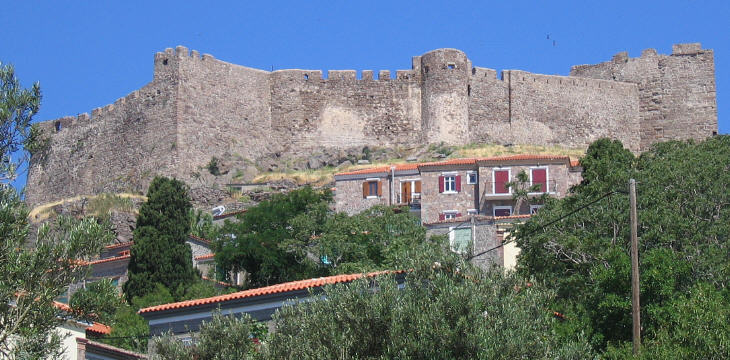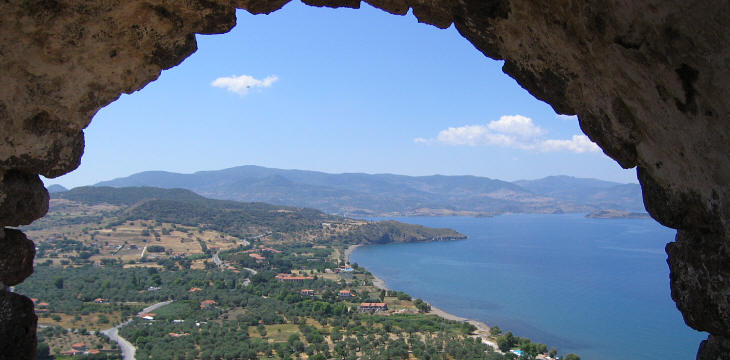  What's New! Detailed Sitemap All images © by Roberto Piperno, owner of the domain. Write to romapip@quipo.it. Text edited by Rosamie Moore. Page added in August 2006. |
 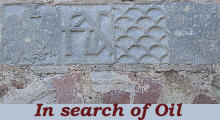 Metimno (Molyvos) Metimno (Molyvos)(coats of arms at a gate of the Metelino fortress)
Ovid and other Latin poets made reference to Metimno as a site known for its vineyards (in his translation James Michie chose to make reference to the whole island). Today there are more olive groves than vineyards around the castle of Metimno (called by the locals Molyvos). Metimno is located on the northern coast of Lesbos, opposite the Asian shore.
The rich agricultural centre celebrated by the Roman poets became during the Middle Ages a village whose inhabitants lived inside a small Byzantine fortress at the top of a hill.
The Gattilusio, who had acquired the whole island in 1355, enlarged and strengthened the fortress: the inner gate shows an Italian design. The fortress protected a small harbour from which olives and oil were shipped to Italy or to Galata, an important Genoese trading centre located opposite Constantinople.
The Ottomans acquired Metimno in 1462 and they enlarged the fortress and protected the access to it with additional walls.
The best known images of an Aegean Greek island show small white cubic houses built on bare red rocks: this landscape belongs to some of the Cycladic islands (in particular Paros, but also Stampalia and Milo). This kind of architecture has invaded in recent times many other Greek locations, to which it did not belong, with the aim of adding a Greek flavour to the landscape. Luckily Metimno has retained its almost Tuscan appearance.
Metimno attracts a rather upscale tourism and a certain number of artists who have their studios right below the fortress. The only airport of the island is near Metelino, a more than two hour drive.
In general Greek authorities have paid little attention to the conservation of memories of the Ottoman period. Fountains are the exception to this rule: sometimes is easier to find old fountains on the Greek islands than in the Turkish towns located opposite them. Other pages of this section: Metelino Aivali/Cunda Samothrace Thassos Clickable Map of the Ionian and Aegean Seas with links to other locations covered in this website (opens in a separate window)  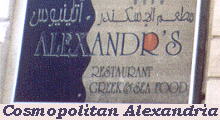  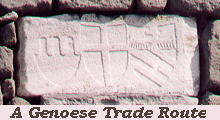 |

